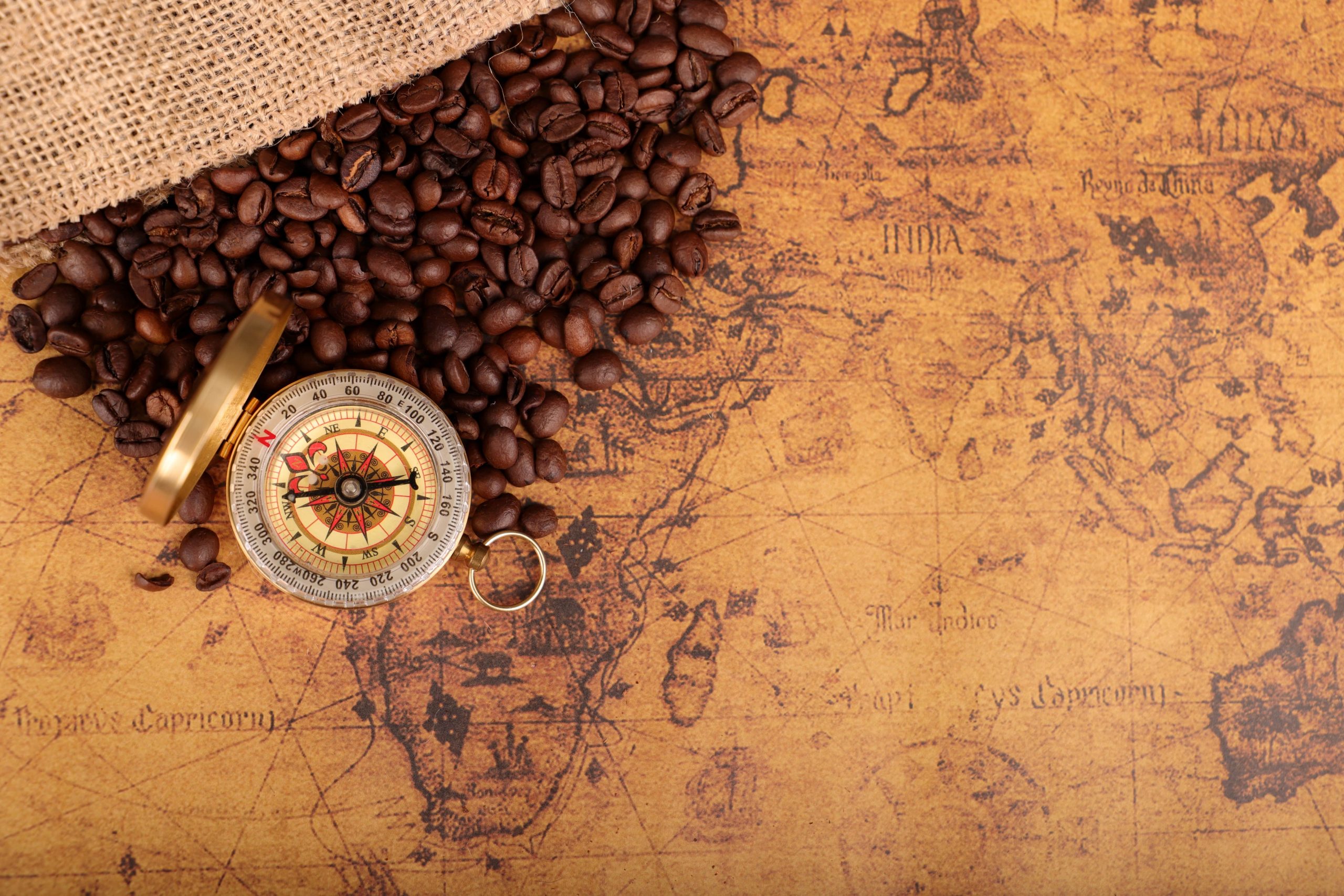From its origin in Ethiopia to its flourishing in the United States, coffee has had a long journey to evolving from a global commodity to a cultural staple in the United States. The question being asked though is; how has coffee’s history shown the connection between globalization and cultural identity in the United States? This timeline argues that coffee’s evolution from a global commodity to a cultural symbol in the US shows how a food practice can shape cultural identity through globalization, social spaces, and shared tradition. Because of coffee’s immense importance, this will explore those origins of coffee, but also how it has come to be so popular in the United States today. Using research from many diverse sources, this timeline shows how such a simple drink can have such an impact on human culture. Studying coffee and its history can be very rewarding for us today because of how important it is in the current world. It can also reveal how its everyday consumption connects to broader ideas that we value today. The first scholarly expert whose work is contained in this timeline is Jonathan Morris, who is a research professor at the University of Hertfordshire. He is also the co-editor of another popular coffee novel and a judge for the Specialty Coffee Association’s Best Product in Show awards. His book is called Coffee: a global history, and he approaches the coffee topic from a geography and history perspective. Throughout the book, he focused on the journey that coffee had from its origin to where it is now in the world. He always focused on different areas of the world and their experiences with coffee throughout that journey. It was very detailed work that truly proved the importance of coffee to so many different cultures. This source was especially important for a number of my entries (especially the first few) and helped to show how coffee started as just a global commodity and transformed into so much more for the US. The second scholarly expert whose work is used in the timeline is Anna Reich. Anna Reich is a long-time member of the Potomac Unit of Herb Society of America. She has over 34 years of experience as a chef and is close to becoming an expert in culinary herbs. Her article is titled “Coffee & Tea History in a Cup”, and she approaches the topic of coffee from a good cultural and historical perspective. In the beginning of her article, she gives a great description of the origin of coffee as well its early uses in many areas of the world. But it also tells about the various cultural impacts of coffee as well as how it is so much more than just a beverage. Overall, the research shows how globalization can transform everyday goods such as coffee into so much more than that. Coffee functions as a symbol that shapes many cultures, but especially in the United States. Being able to understand the history of coffee can truly reveal how daily consumption can connect people to broader historical and cultural narratives.
Sources:
Loftfield, Erikka, et al. “Coffee Drinking Is Widespread in the United States, but Usual Intake Varies by Key Demographic and Lifestyle Factors.” Journal of Nutrition, vol. 146, no. 9, Sept. 2016, pp. 1762–68. EBSCOhost, https://doi.org/10.3945/jn.116.233940.
Morris, Jonathan. Coffee: A Global History. Reaktion Books, 2019.
Reich, Anna. “Coffee & Tea History in a Cup.” Herbarist, no. 76, Nov. 2010, pp. 8–15. EBSCOhost, research.ebsco.com/linkprocessor/plink?id=0e27e34a-90fe-3c42-88bd-58fd0038d694.
Słowik-Borowiec, Magdalena, et al. “A Cascara-Infused Caffeine Drink as a Social Beverage.” Molecules, vol. 30, no. 13, July 2025, p. 2749. EBSCOhost, https://doi.org/10.3390/molecules30132749.
Starbucks Coffee Company. Starbucks Coffee Company, https://www.starbucks.com/about-us/company- information/mission-statement Accessed 17 Oct. 2025.
